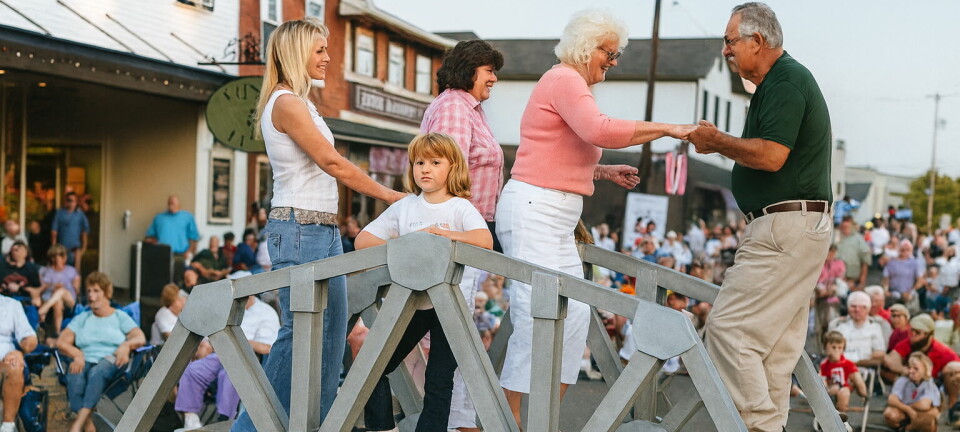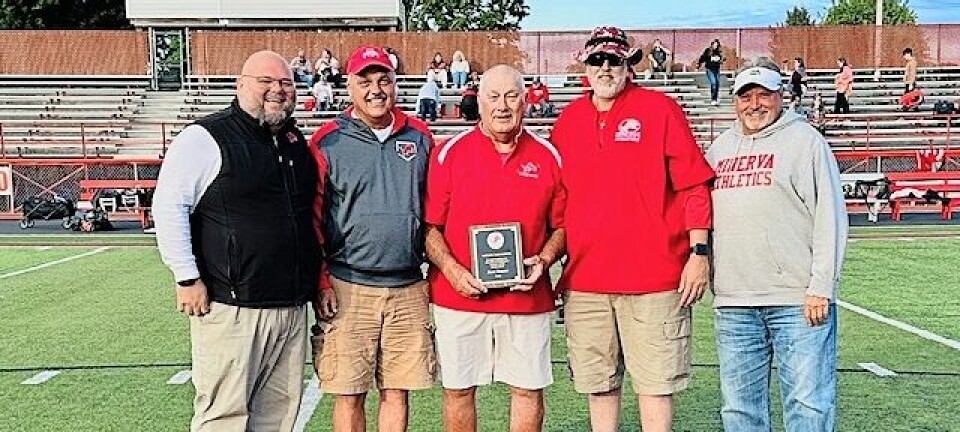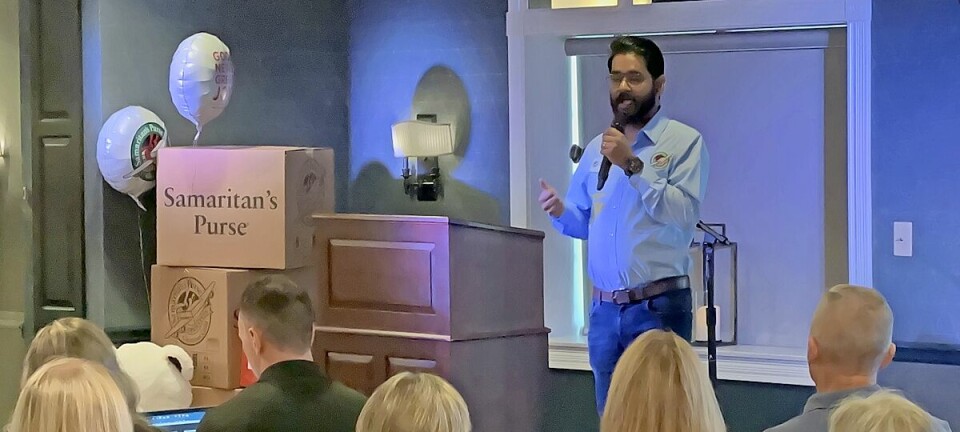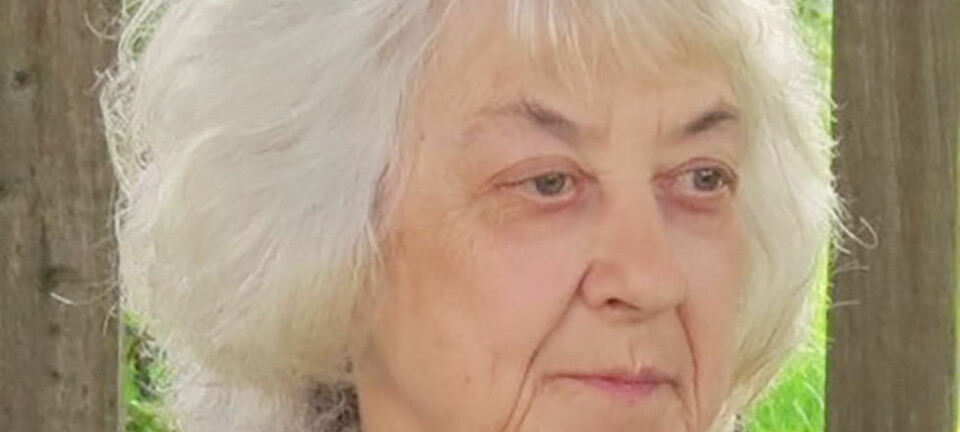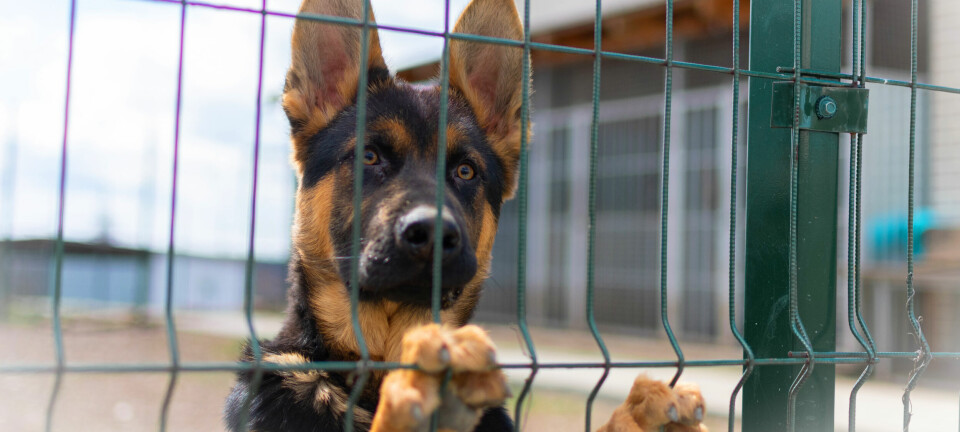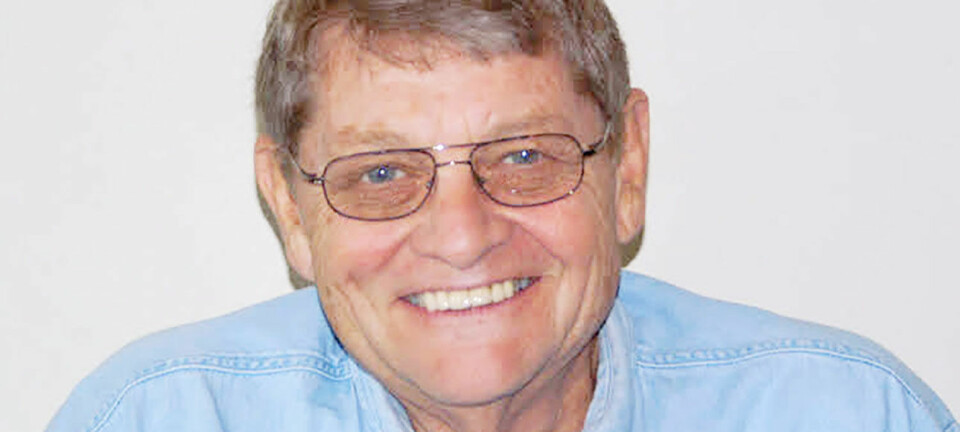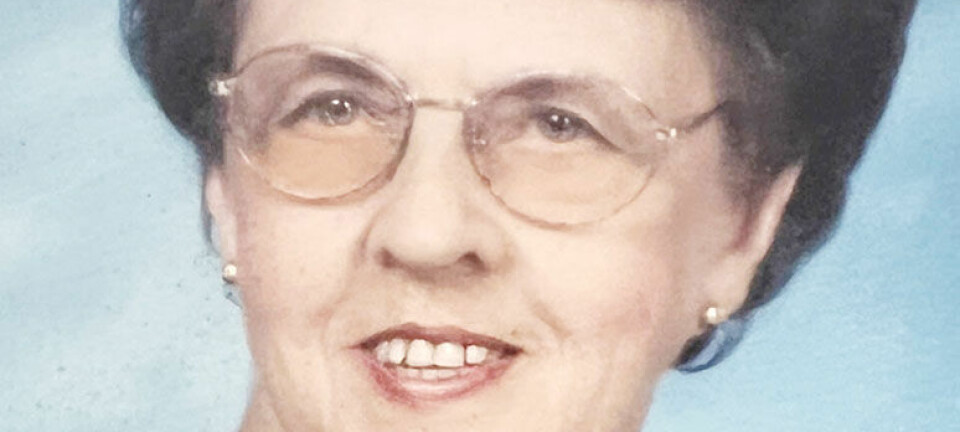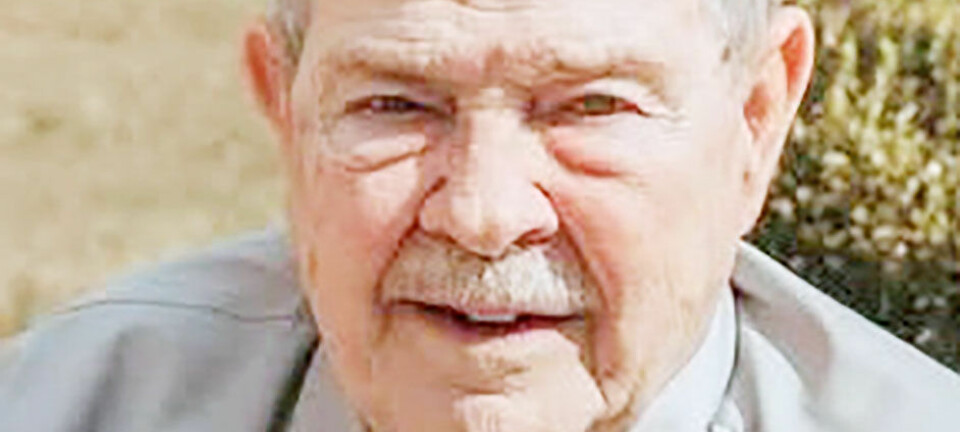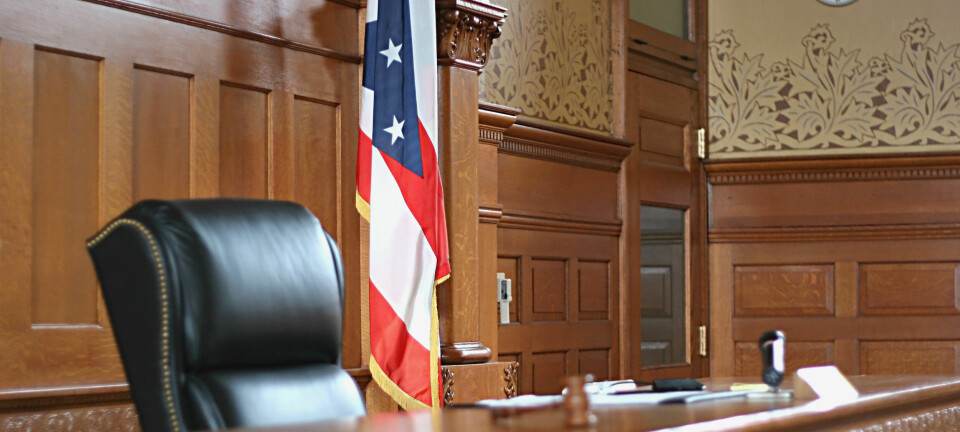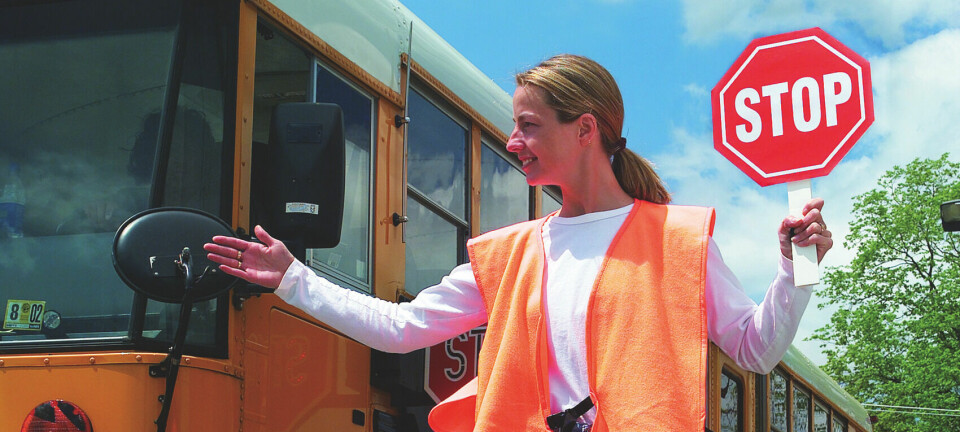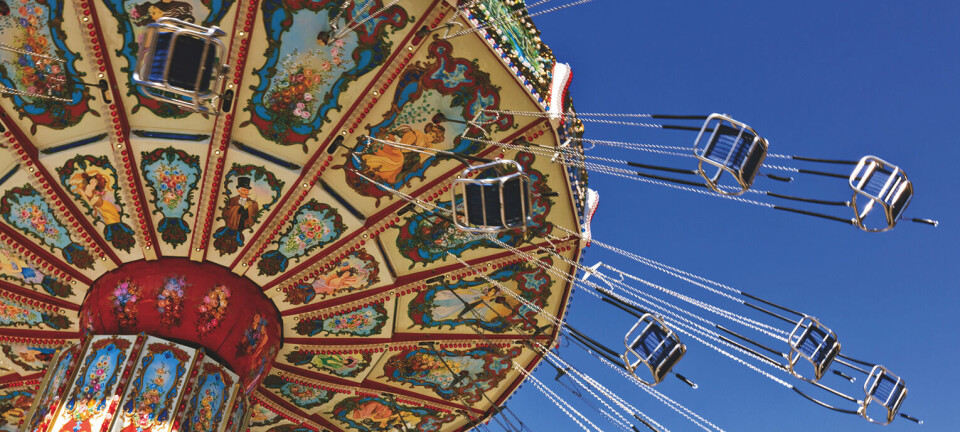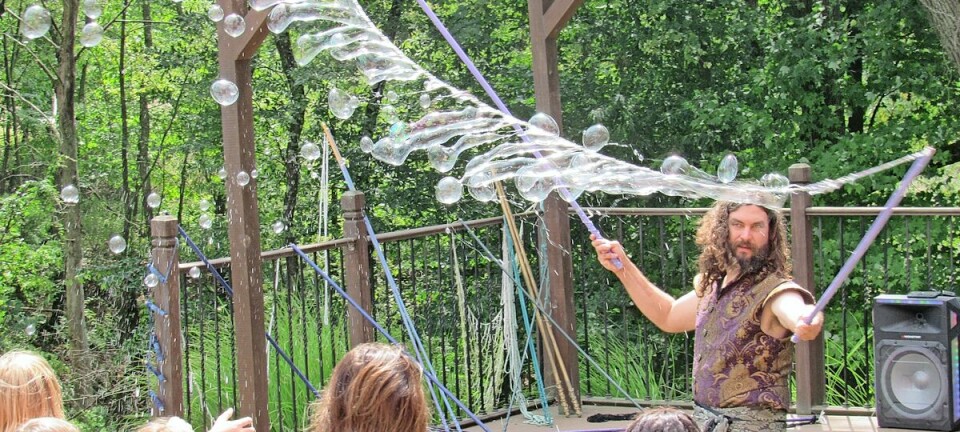At the start, Wayne County Fair struggled to find a home

Editor’s note: This is the first of a three-part series on the history of the Wayne County Fair, celebrating its 175th anniversary this year.
As the United States pushed westward to provide for its ever-increasing population, new states were added including Ohio. Agricultural societies expanded as well. In Ohio the first agricultural society was founded in 1818 in Trumbull County. It wasn’t until 1833 that Wayne County attempted an agricultural society, but it struggled to convince those early farmers and was unable to sustain itself.
In 1849 the Wayne County Agricultural Society reformed to prepare for the first Wayne County Fair. The following year, the inaugural Wayne County Fair occurred on 9 acres of land owned by Mr. David Q. Liggett in Wooster, where Liggett was a dry goods. The Liggett property was located south of Bowman Street and between Bever and Buckeye streets in Wooster. Generally, it was north of Nold Avenue.
The Wayne County Fair was held in this location for only nine years. New agricultural developments were introduced to patrons of the fair including the Wayne County Plow, Thoroughbred and Morgan horses. Perhaps the first entertainment at a Wayne County Fair was the Dan Rice Circus, performed Sept. 29, 1858. On that day viewers watched an elephant walk a tightrope.
The following year, 1859, the fair was held at a new location, a lot owned by Ephraim Quinby Jr. The site was located north of the present-day Cornerstone Elementary School. It was roughly bounded by Park Avenue to the south, Foster Path to the north, Quinby Avenue to the east and North Grant Street to the west.
While the fair was conducted at this location, the American Civil War happened, providing four years of uncertainty. Also, the years 1863-67 saw heavy rain for most of the fair. In 1867 the Central Ohio Fair began a long run in Orrville, providing local competition to the Wayne County Fair. All of this led to financial difficulties for the Wayne County Agricultural Society.
The fairgrounds was in the middle of a rapidly expanding residential location, increasing land values year after year, so the agricultural society was sitting on a gold mine. Add to that harness racing was becoming popular and the race track at this site was too small for standard races. A full-sized track would not have fit within the fairgrounds. For all of these reasons, the fairgrounds was moved once again.
The agricultural society purchased a 24-acre tract of land from Henry Myers in 1869 — sale completed in June 1870. It was located 1 ½ miles west of town. Today that tract is roughly bounded by Branstetter Street to the east, Old Mansfield Road to the north and West Old Lincolnway to the south. This property was a much larger piece of land than the previous fairgrounds, providing room for a proper racing track. That racing track was built, along with several temporary, hastily built buildings. The Wayne County Fair opened in this new location on Sept. 29, 1869.
Despite some early success at the third fairgrounds, the Wayne County Agricultural Society struggled to ignite public interest and host profitable fairs. A newspaper article from Oct. 7, 1869, noted the new fairgrounds was purchased so late that only temporary structures could be built in time for the fair. In the same article, a complaint was lodged about the lack of shade at the new fairgrounds.
“We missed the pleasant groves which rendered the old fairgrounds such a delightful resort on a hot summer day,” it read. “The sun has full sway throughout the new grounds, as they are entirely devoid of shade trees.”
An editorial appeared in the Oct. 26, 1871 edition of the Wooster Republican, which claimed the fair was more poorly attended than reported and that the primary purpose of the fair was the horse races, causing farmers to lose interest. It was signed “Old Farmer.” Two weeks later an editorial was published in the newspaper. The writer accused “Old Farmer” of false assumptions and bad math and that he was an old “growler.” The piece was signed “Young Farmer.”
Such rhetoric foretold a sad truth about the Wayne County Agricultural Society and the Wayne County Fair. There was a disconnect between the agricultural society and the Wayne County farming community. Add to that competition from free street fairs and the exciting new Central Ohio Fair in Orrville, and the Wayne County Fair was in trouble.
In 1878 the Wayne County Agricultural Society, deeply in debt, was forced to sell the fairgrounds and its contents at public auction. Andrew Branstetter was the winning bidder at $3,200. A new agricultural society emerged, the Independent Agricultural Society of Wayne County. It would attempt to operate a fair for three years. But even it failed to win public support. Like all others before it, it ceased to exist.
For the next six years, there was no Wayne County Fair. Then suddenly, it was reborn. And it grew into the successful fair we know today.
Part two will look at how the Wayne County Fair has moved around the calendar. Yes, there was a summer fair.
“Looking Back” author Mike Franks is a local historian. He can be emailed at mlfranks@gmail.com.


